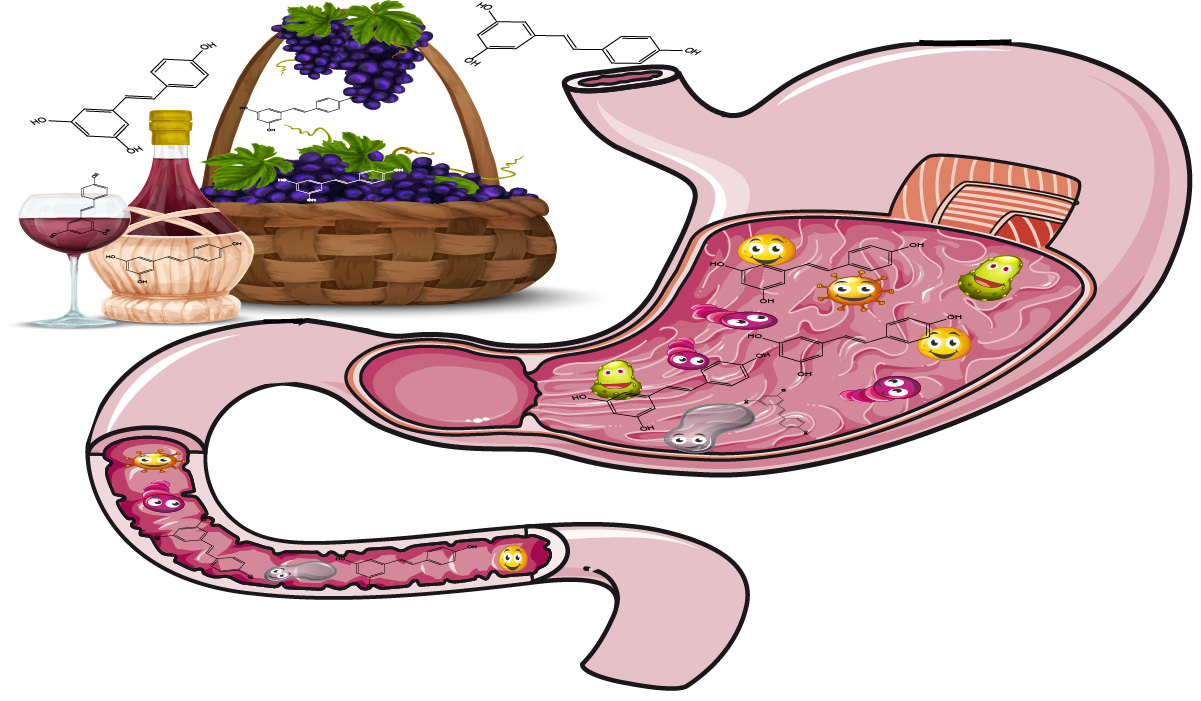By Chris Gill
I agree Daniele, the best ideas do often originate in convivial situations among friends and colleagues, a glass of red in hand or maybe even a Gin & Tonic. Unlike Dan, when growing up in Northern Ireland often it was the “a pint of the Black Stuff” that was mentioned by my Dad and Grandad (A.K.A a pint of Guinness). It was only later in life I began to discover the joys of “the Red Stuff” (red wine, especially Italian) and develop my palate, epitomised to me in the delightful contrast between a Ripasso della Valpolicella and an Amarone della Valpolicella.
The last grapes normally harvested in Valpolicella are those destined for the Amarones, they undergo a period of desiccation concentrating the juices within the grape and increasing the skin contact of the grapes; ultimately resulting in full-bodied wines with flavour and aroma akin to Port wine, with notes of bitter-sweet dark chocolate and raisins among others. While the Ripasso style represents partially-aged Valpolicella wines that have been placed in contact with grape pomace from production of Amarone, to add extra tannins and some phenolic compounds to an improve the wine’s complexity, flavour and colour.
We don’t know if polyphenols are really the secret to living a long and healthy life or just one aspect of a healthy lifestyle, although a lot of excellent science is addressing this area. I would agree with Dan that if they are…their efficacy depends on the capacity of our gut microbiota to make them different and more “active”. My interest in phytochemicals, digestion and health was sparked by mentor Prof. Ian Rowland, fanned through a longstanding interest in berries with Dr Gordon McDougall (James Hutton Institute) and Dr Kieran Tuohy (Fondazione Edmund Mach). Latterly more fuel has been poured on the fire of scientific curiosity through collaborations with Profs Alan Crozier and Dan Del Rio; culminating in working with Prof Helene Mc Nulty and the VALID team to understand how procyanidins (red wine, tea, cocoa), could interact with our gut microbes and be transformed in circulating metabolites that may affect cognitive decline of the aging brain.
Wine polyphenols likely exert their effects through interactions with the gut microbiota, by changing the microbiota and, at the same time, metabolising them into different and more active compounds. For example, moderate consumption of a Spanish Merlot (Penedès appellation) improved cardiometabolic health markers and the composition of phenolic metabolites present in faeces than Gin (sorry Gin drinkers), albeit with a lot of person to person variation. So, which is more important, the quantity and types of polyphenols in the wine that help give rise to the complexity, flavour and colour that so clearly differ from a fuller bodied Amarone or Ripasso to a medium bodied Teroldego (from Trentino) through to a light Lambrusco Secco; or is it the composition of bacteria present in your gut and types of active compounds they can generate that will be more important. What are your thoughts Kieran Touhy?
Chris Gill gained his PhD from Ulster University (2000). Senior lecturer (2014) in nutrition at the Ulster University and thematic leader for “Phytochemicals and gut microflora in health and diseases” within the Nutrition Innovation Centre for Food and Health (NICHE). His research focuses on the influence of diet (both terrestrial and marine plants) on gut health investigated through in vitro, animal and human models. Dr Gill has published 30+ research papers, 6 book chapters and 1 patent, developed of an extensive research network with internationally leading research centres and the secured of significant research income of £1.6 million from a range of sources from prestigious sources including the EU, BBSRC NPRC and FIRM. He is an Editor for the European Journal of Nutrition (2014) and recent recipient of the University of Ulster Distinguished Research Fellowship (2015).


